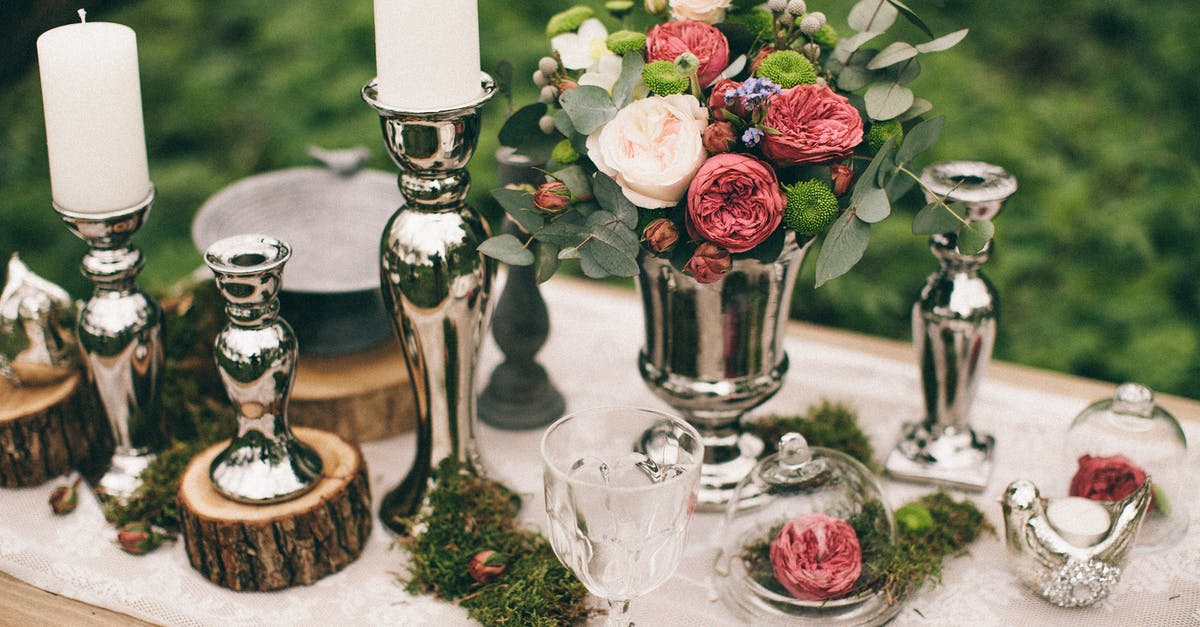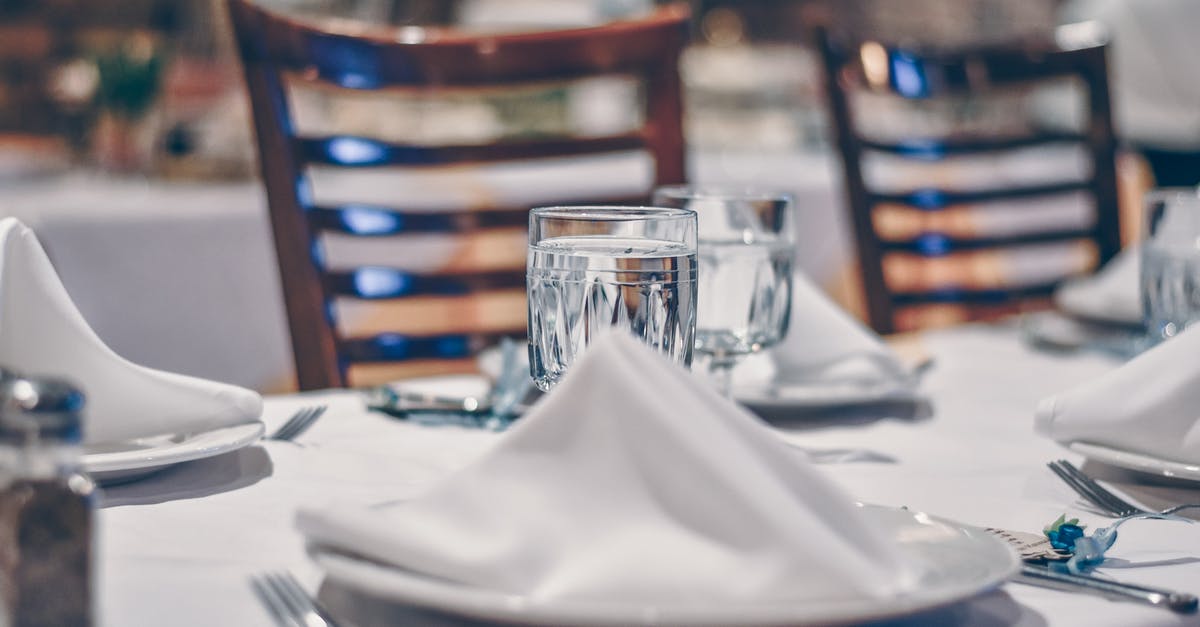What are the acceptable methods to thaw food items?

What are the proper ways to thaw foods? Are there any advantages or disadvantages to them?
Best Answer
There are four methods for thawing frozen foods which are recognized as safe:
- In a refrigerator
- In the microwave
- Under cool running water
- As part of the cooking process
These four methods all meet the criteria that they minimize the amount of time the food spends in the danger zone (40-140 F, 4-60 C) where bacteria can grow.
The pros and cons of the following often-recommended methods are also reviewed:
- Leaving food on the counter overnight
- Thawing in a bowl (or sink) of water
- On a metal pan or with a "miracle thaw" device
In the refrigerator
Thawing food in the refrigerator is slow; it can take a day to thaw several pounds (a kilogram or two), and even more time for larger foods like a whole frozen turkey.
The advantage is that the refrigerator is at a safe temperature, and bacterial growth is already inhibited, so there is little risk.
This is probably the preferred method for many foods, if you have the time.
In the microwave
Thawing in the microwave is fast, but it has several disadvantages:
It requires a lot of attention, turning or rotating the food to get even coverage from the microwaves; for items like ground beef, you might even need to scrape off the thawed portions and continue defrosting the frozen portion.
It is easy to accidently go to far and start cooking the food, especially if it has an odd shape or small pointier parts sticking out (like wings on a chicken).
For this reason, microwave thawing is best done only for foods like soup or stew, where you can stir them and if one part boils a small amount while another part is frozen, no harm is done.
Under cool running water
This one is most surprising, but it is true: the fastest way to thaw food safely is under cool running water (at or below 70 F / 21 C), like the cold water from your tap.
The reason is that that water has an extremely high capacity for carrying heat, and the forced convection from running water ensures that it transfers heat from the food item as rapidly as possible. In the Good Eats episode What's Up Duck, Alton Brown thawed several frozen ice duck sculptures by various methods. The one under cool running water was almost completely melted, even when the one in the oven at 200 F was still fairly recognizably bird shaped.
It is important that the water be running, to ensure strong convection. You can do this by setting the food in the sink under a very small stream of water.
If the food should not get wet, you can put it in a zip-type bag or similar to keep it dry. Try to remove as much air as possible, to get the best contact between the water and the food (through the bag).
This is the best method for forced, rapid thawing (at least when microwaving is not appropriate or inconvenient), but it is probably less convenient that the refrigerator method. You also have to monitor the food, and remove it when it is thawed, or it will come to the ambient temperature of the water, which is probably in the danger zone.
As part of the cooking process
Some foods can be cooked starting from the frozen state, thawing and then cooking in one operation.
Among the ones most suitable for this are are smaller or thinner items, such as:
- Cookie dough lumps
- Hamburgers
- Chicken parts
- Pizza
- Stew meat
- Frozen, chopped vegetables
- Frozen stock (at least in smaller quantities)
Bad idea: on the Counter overnight
This is a bad idea, especially for meats and other highly perishable items. You have no control over the temperature the surface of the food will reach, and it may begin to spoil at the surface before the center is thawed.
Bad idea: In a bowl (or sink) of cold water
Again, a bad idea. Without the convection, the thawing speed is reduced. There is also no source of newer, cooler water, so the temperature of the water itself will rise.
Some parts of the food may reach dangerous temperatures before it is fully thawed. Also, if you don't check the food frequently, the temperature can get into dangerous territories, facilitating spoilage.
Risky: On a cast iron, stainless steel or other metal pan, or a "miracle thaw" device
This method is most often used with thin foods like steaks or frozen hamburgers.
Physics are with you, as the specific heat capacity and conductivity of the metal are very high (higher even than water). The large surface area of the metal acts like a radiator or heat sink in reverse, conducting heat away from the food more rapidly than air alone would.
This method is not approved by health codes for commercial use, and carries some risks. You need to monitor the food closely, and cook it or move it into the refrigerator as soon as it is thawed. Failure to do so will allow the food to spoil, and the conductivity of your metal will become your enemy, more quickly bringing the food to ambient temperature.
While this method is not officially sanctioned, you may choose to assess its risks for yourself.
See also:
Pictures about "What are the acceptable methods to thaw food items?"



Quick Answer about "What are the acceptable methods to thaw food items?"
There are three safe ways to thaw food: in the refrigerator, in cold water, and in the microwave. In a hurry? It's safe to cook foods from the frozen state.How to Thaw Foods Properly
More answers regarding what are the acceptable methods to thaw food items?
Answer 2
After managing restaurants, where chicken was a staple, frozen chicken does very well, under a small stream of running water, thawing safely. If you thaw in refrigerator, put your chicken on bottom shelf, avoids cross contamination with other items
Sources: Stack Exchange - This article follows the attribution requirements of Stack Exchange and is licensed under CC BY-SA 3.0.
Images: Ibrahim Boran, Lina Kivaka, Megan (Markham) Bucknall, Brett Sayles
